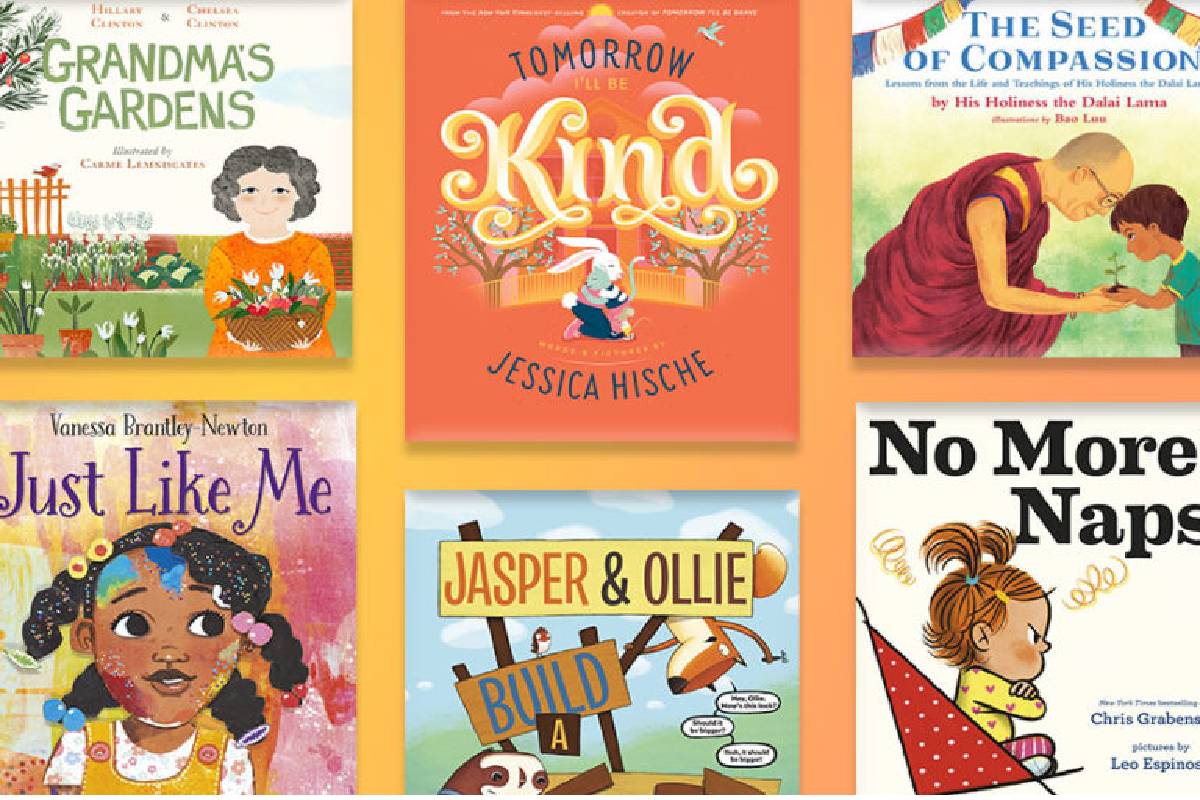Marketing a children’s book is your project. Well done, it’s wonderful to write for the youngest, whether they are children or adolescents, and to transmit something to them.
You have created the best picture book, illustrated or not, for children, youth, or adolescents. Your goal is to publish this book, then sell it (and if possible in quantities) in paper format (e-book), set up and be part of the panel of authors of children ‘s literature or illustrated books for children.
What you need to know to market a children’s book?
Here are the points to remember, from our experience, to successfully publish your book for a young audience:
Be clear about the age of the target readers. The categories of children’s books are generally as follows: 0-3, 3-7, 8-11, 12-14, 15-17 years. Children ages 0 to 3 need very visual things and card stock. Those from 3 to 7 understand letters (a little at 3 years old, very well at 7) and need to discover. The 8 to 12 age group enjoy games, teenage stories, secrecy, secrets etc. Those between 12 and 14 are entering their teens and increasingly choosing their books for themselves.
What is the positioning of the book: what does it bring to readers? It is essential to determine these elements before embarking on the publication of your book.
Will the parents like it? Parents have an essential role because they are the book’s buyers and prescribers in most cases up to 13-14 years of age.
The cover’s importance: The cover is the number 1 factor in purchasing a children’s book. The best advice I can give you is to have it done by a professional or an illustrator. A cover should allow you to understand at a glance the theme of the book and the age to which it is addressed. Images and illustrations still have an essential role in the perception of children’s books. Pick a good illustrator.
The role of the author is critical. Here, more than elsewhere, notoriety is capital. Parents buy books whose authors they know or publishers, whom they trust, convey positive values to their children. , The little-known, or self-published, the author should reassure parents. A children’s novel is rarely bought without knowing who the author is and his background. Keep this in mind: share your personality as an author and your approach to reassure parents.
The different options for publishing a children’s book
Once your book completes, proofread and corrected, you will have the choice between several solutions to publish your children’s book and introduce it to young readers:
- You can look for a publishing house, which will take care of the layout, the formatting of the book, distribution and distribution in online bookstores, and possibly bookstores.
- This publishing house can be a publisher’s account or an author’s account. There are many publishing houses specializing in youth books, and competition is essential.
- You can choose to publish your children’s book in self-publishing, using a self-publishing solution, allowing the book to be distributed online bookstores, in digital format, and paper format. Self-publishing for kids is much easier than before.
- The colour printing, layout, and integration of illustrations have progressed a lot. Several solutions and platforms are available to you to publish his book in self-publishing. Our site aims to help you.
Successfully promote your book and make it known
- Publishing your children’s book is the first step. The second is to sell it. Selling books around you to family and friends is good. Selling to unknown readers, and reaching a larger audience, is the dream of all authors.
- Far from being unattainable, this dream requires work, method and patience. If you have an initial network, a Facebook fan page, or an author site, you will need to capitalize on it. If you don’t have a pre-existing drive network, then you will have to take the time to build it.
- In most children’s books, in most cases, the buyer is the parent, not the final reader. Therefore, the mum or dad is a question of touching, informing, and convincing.
- Readers of books from independent or little-known authors buy the author’s relationship as much as the book itself. An author who manages to make his book known puts himself forward, testifying his career and experience.


